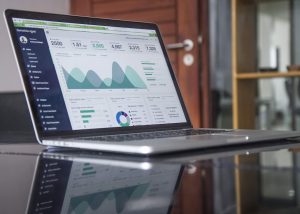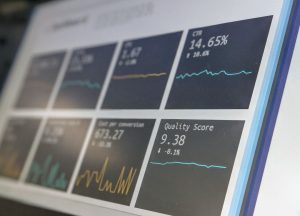Forex trading is a complex and intricate market that can often be confusing for beginners. However, with the right understanding and knowledge, it is possible to make profitable trades. One of the most important decisions in forex trading is knowing when to buy or sell. In this article, we will discuss the factors that can help you determine when to buy or sell in forex.
Understanding Market Analysis
Before we dive into the specific strategies for buying and selling in forex, it’s important to understand the basics of market analysis. Market analysis is the process of examining the market, looking for trends and patterns, and using this information to make informed trading decisions.
There are two types of market analysis: technical analysis and fundamental analysis. Technical analysis involves looking at charts and using technical indicators to identify trends and patterns. Fundamental analysis, on the other hand, involves looking at economic and political events that can affect the market.
Both types of analysis are important in forex trading, and traders often use a combination of both to make decisions.
Determining When to Buy
When deciding when to buy in forex, traders often look for specific signals that the market is about to move in a particular direction. These signals can be based on technical or fundamental analysis.
One of the most common technical signals for buying is a trend reversal. This occurs when a currency pair that has been trending downward suddenly starts to rise. Traders may look for a break above a key resistance level, which can signal that the market is about to move higher.
Another technical signal for buying is a bullish chart pattern, such as a double bottom or a head and shoulders pattern. These patterns can indicate that the market is about to reverse and move higher.
Fundamental analysis can also play a role in determining when to buy in forex. Traders may look at economic data, such as GDP, inflation, and employment numbers, to determine whether a currency is likely to strengthen or weaken. For example, if a country’s economy is growing and inflation is low, its currency may be expected to appreciate.
Determining When to Sell
Knowing when to sell in forex can be just as important as knowing when to buy. Traders may look for specific signals that the market is about to move lower, based on technical or fundamental analysis.
One of the most common technical signals for selling is a trend reversal. This occurs when a currency pair that has been trending upward suddenly starts to fall. Traders may look for a break below a key support level, which can signal that the market is about to move lower.
Another technical signal for selling is a bearish chart pattern, such as a double top or a descending triangle. These patterns can indicate that the market is about to reverse and move lower.
Fundamental analysis can also play a role in determining when to sell in forex. Traders may look at economic data, such as GDP, inflation, and employment numbers, to determine whether a currency is likely to weaken or strengthen. For example, if a country’s economy is contracting and inflation is high, its currency may be expected to depreciate.
Risk Management
In addition to knowing when to buy or sell, risk management is also an important factor in forex trading. Traders should always have a plan in place for managing risk, such as using stop-loss orders or setting a maximum loss limit.
Stop-loss orders are used to automatically close out a trade if the market moves against the trader. This can help limit losses and prevent them from becoming too large.
Setting a maximum loss limit is another way to manage risk. Traders should never risk more than they can afford to lose, and should have a plan in place for exiting a trade if losses exceed a certain amount.
Conclusion
Forex trading can be a profitable venture, but it requires careful analysis and risk management. When deciding when to buy or sell in forex, traders should consider both technical and fundamental analysis, as well as risk management strategies. By following these guidelines, traders can make informed decisions and increase their chances of success in the forex market.






